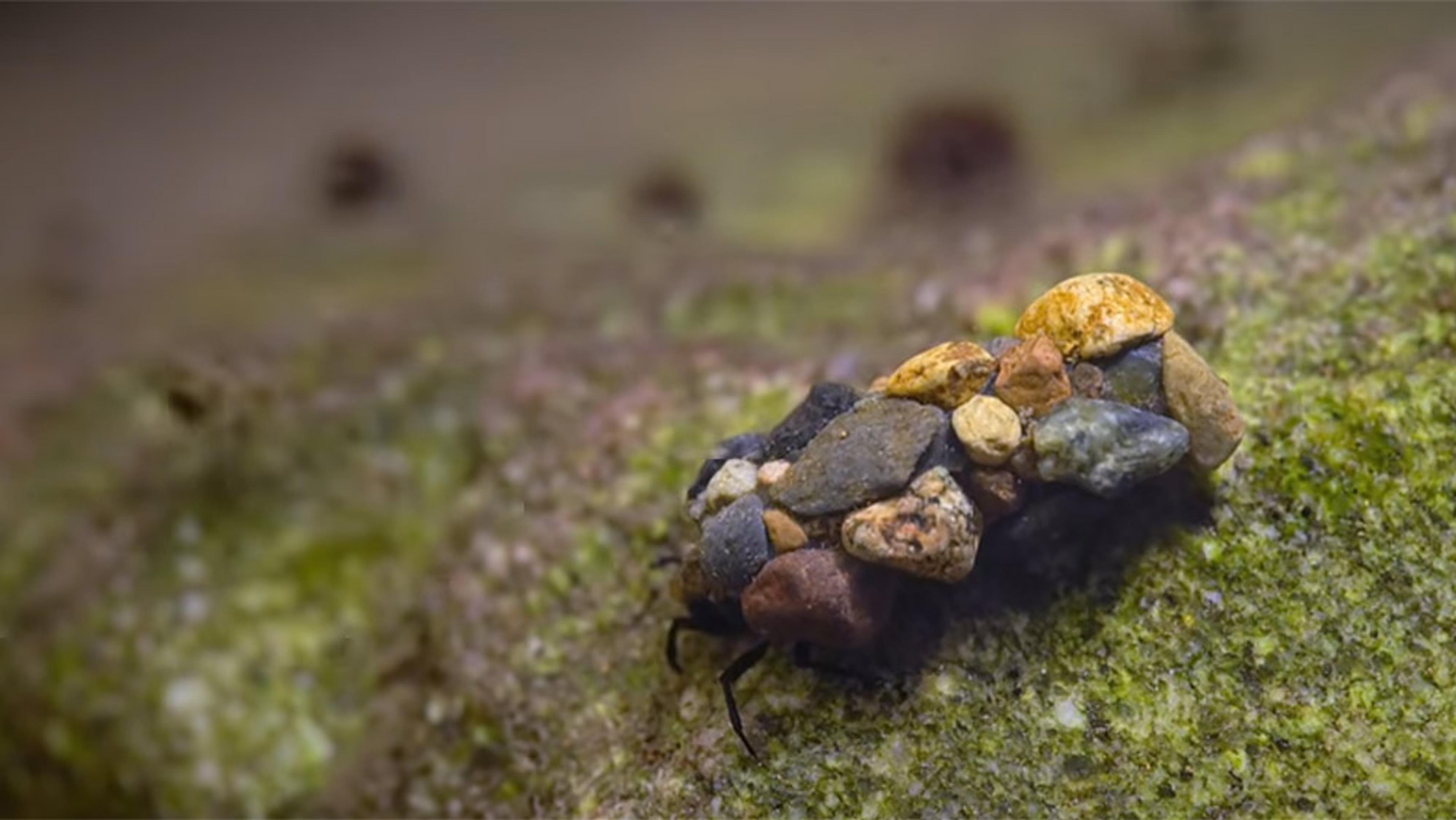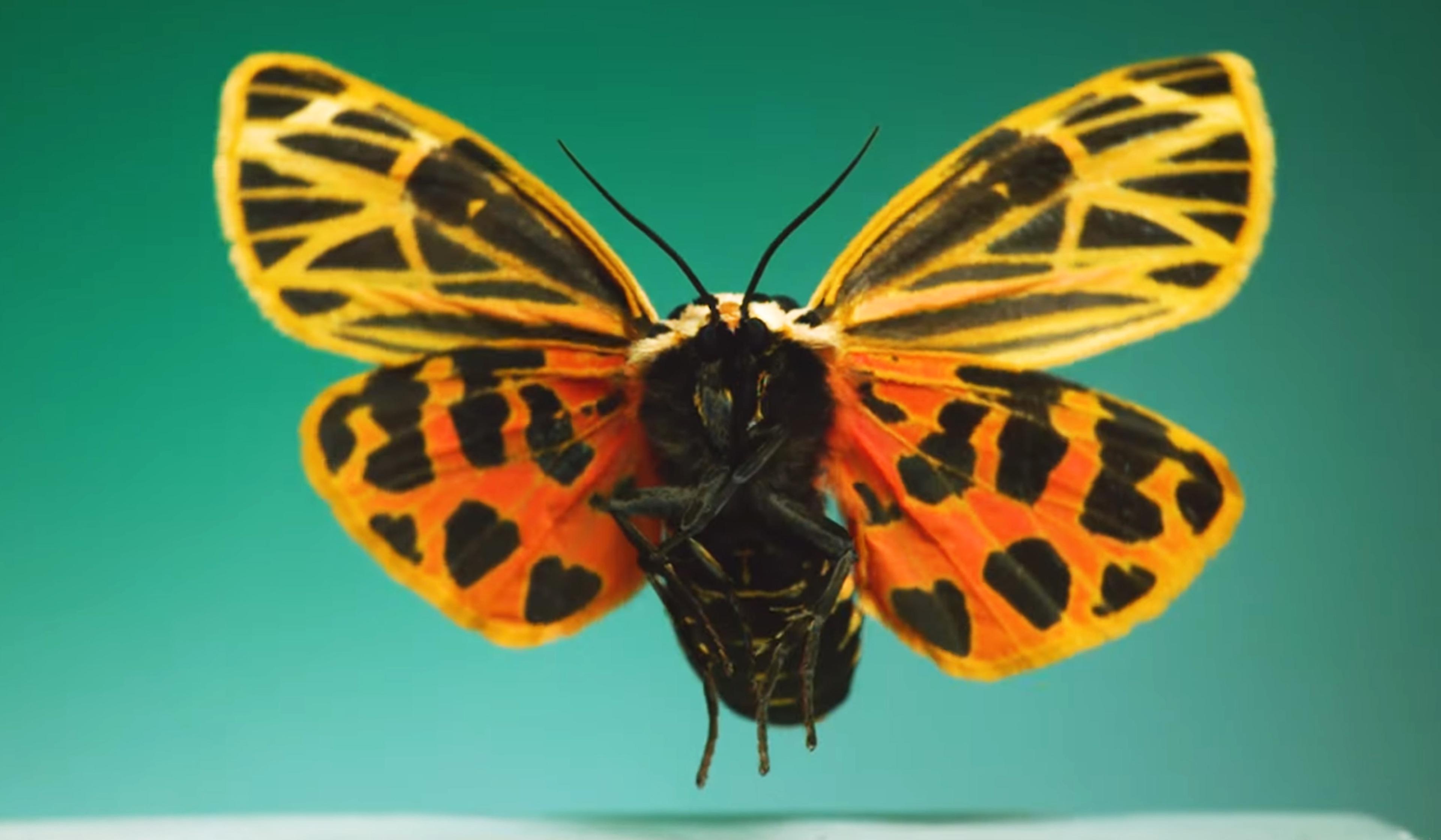Native to central and southern Europe, the amphibious alpine newt breeds in shallow water, where its larvae are born, hatch and feed on plankton, before sprouting legs and moving to land. This timelapse video from the Dutch director Jan van IJken tracks the development of a single-celled zygote into the hatched larva of an alpine newt. Captured in stunning detail at microscopic scales, Becoming is a remarkable look at the process of cell division and differentiation, whence all animals – from newts to humans – come. For more awe-inspiring biology from van IJken, watch The Art of Flying.
Watch a single cell become a complete organism in six pulsing minutes of timelapse
Filmmaker, producer and editor: Jan van IJken

videoEvolution
When life is but a stream, insects need something extra-sticky to survive
4 minutes

videoThe environment
It might not be magic, but a sprouting bean can still hold you under its spell
3 minutes

videoEvolution
The master-of-disguise creature whose whole life is an elaborate lie
5 minutes

videoEcology and environmental sciences
Close-ups reveal how caterpillars live long enough to cocoon
9 minutes

videoDeep time
When algae met fungi – the hidden story of life’s most successful partnership
4 minutes

videoBiology
Beetles take flight at 6,000 frames per second in this perspective-shifting short
9 minutes

videoEvolution
The many ways a lizard tongue sticks, grasps, pinches and plops – in slo-mo
6 minutes

videoBiology
There’s no one way for an insect to fly, but they’re all amazing in close up and slo-mo
7 minutes

videoBiology
How insects become airborne, slowed down to a speed the human eye can appreciate
8 minutes